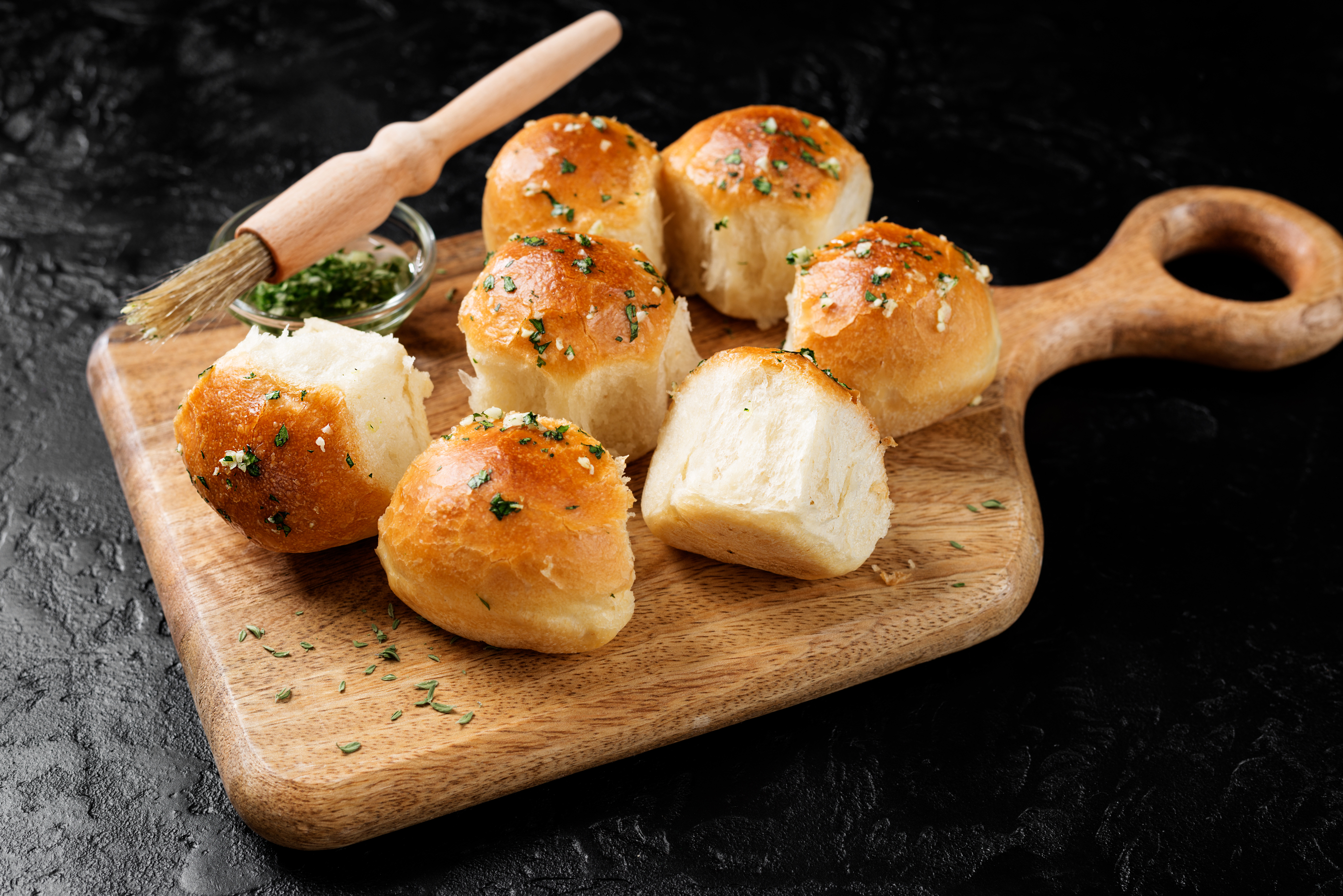Tackling Odor and Flavor Issues in Pea Protein Products

Learn how TREHA® by NAGASE helps pea protein product manufacturers tackle odor and flavor issues while enhancing sensory perception.
As more people shift towards plant-based diets, pea protein has gained popularity as a vegan alternative to meat protein. Its health benefits, ease of use, and sustainability make it an attractive option for athletes, bodybuilders, vegetarians, and vegans alike. Pea protein is derived from pea (Pisum Sativum)i and is an excellent source of dietary fiber and essential amino acids. It contains all nine essential amino acids as well as branched chain amino acids (BCAAs), which are important for muscle growth and repair. Another benefit of pea protein is its high fiber content. Fiber helps regulate digestion by promoting healthy bacteria in the gut and aiding in the absorption of nutrients from food. Additionally, fiber helps reduce cholesterol levels by reducing LDL (low-density lipoprotein) cholesterol (often considered “bad” cholesterol) while increasing HDL (high-density lipoprotein) cholesterol (often considered “good” cholesterol) levels. Pea protein is also gluten-free, making it safe for people with gluten sensitivities.
Pea protein is used in a variety of products, including protein powders, bars, snacks, meat substitutes, and even pet food. Protein powders and bars are the most popular, as they are convenient and can be consumed on-the-go. Pea protein is also used in baked goods, cereals, and pasta to increase their protein content. Despite all the benefits from pea proteins, some people find that pea protein-based products have a beany odor and bitter flavor. This is mainly caused by fatty acids (i.e., Linolenic Acid and Linoleic Acid) within the pea itself. The oxidation of these acids leads to the formation of pungent compounds like hexanal and octanal which are responsible for the beany aroma. Non-volatile flavor components such as saponins and the oxidation of lipids present in peas are known to cause the bitter flavor perception in pea-protein products.
The presence of a beany odor and bitter flavor can pose a challenge for manufacturers of pea protein products. Value chain players such as harvesters, ingredient suppliers, and manufacturers, in the pea protein market often use multiple approaches to tackle the flavor and odor issues caused by pea oxidation. Some of these approaches include:
- Flavor Masking: One of the most common approaches that manufacturers of pea protein-based products use to mask the flavor of pea protein is flavor masking. This technique involves controlling and adjusting the pH level of the product to alter the taste profile. The key is to use natural flavors that can effectively mask pea protein's taste while ensuring that the product still tastes good. Some of the popular flavorings used in pea protein products include vanilla and chocolate.
- Blending: Blending is another technique used by manufacturers to mask the taste and odor of pea protein. Blending is the process of combining two or more ingredients to create a unique taste and flavor profile. By blending pea protein with other ingredients, such as sweeteners or natural fruit extracts, manufacturers can create a more palatable product. Pea protein is also often blended with other plant-based proteins such as rice protein or hemp protein. Blending helps to balance the flavors while masking the beany and bitter taste.
- Microencapsulation: Microencapsulation, a process used by ingredient suppliers in the pea protein market, offers a more sophisticated approach to masking the flavor and odor of pea protein. This technique involves enclosing pea protein particles in a protective coating material, such as a liposome or microcapsule. The protective layer helps to mask the negative taste and odor profiles of pea protein, making it more tolerable for consumers.
- Aroma Masking: Another approach to mask the odor or aroma of pea protein, used by manufacturers, is aroma masking. This technique involves adding specific ingredients such as essential oils, spices, or natural aromas, which have a strong, pleasant smell. These natural aromatic materials can help neutralize the unpleasant odor of pea protein, thus making the product more appealing to consumers.
- Fermentation: Fermentation is another technique used to mask the flavor and odor of pea protein. During fermentation, microorganisms break down the proteins releasing aromas and flavors, which can help mask the unpleasant taste and odor of pea protein.
- Deodorization: Deodorization, a process used by ingredient suppliers, is a process that involves removing saponins from the peas to reduce the beany odor. This process can also reduce the bitterness of the product. However, it can also remove some of the nutrients and flavor from the product.
The techniques listed above are only some out of several different techniques that value chain players in the pea protein market use to mask as well as inhibit unpleasant odors and flavors in pea proteins. By doing so, they can appeal to a wider range of consumers, including those who may have previously found the taste and odor of pea protein to be unappealing.
Manufacturers can now add another approach for tackling odor and flavor issues in pea protein products. By using TREHA®, the leading brand of trehalose, in pea protein formulations, manufacturers can not only mask any beany odor and bitter flavor, but also enhance the consumer’s sensory perception of their products. Trehalose is a naturally occurring disaccharide that helps keep foods fresh by promoting moisture retention, while improving texture, flavor, and aroma.
Our team of food experts, working in collaboration with food scientists and taste and odor experts, developed several pea protein-based formulations with varying levels of TREHA® added as a key ingredient. The other ingredients added to the formulations were starch, coconut oil, yeast extract, meat flavors, and caramel color powder. These formulations were then prepared into plant-origin based protein patties and provided to a panel for sensory evaluation. The chart below shows the result from the sensory evaluation conducted by the panel.
As seen in the chart, the addition of up to 1% of TREHA® in pea protein formulations improved the odor masking and juiciness of pea protein patties. TREHA® masks odor by reducing the volatility of odor compounds and suppressing the release of unpleasant odors. It also has a characteristic structure with a high affinity for water molecules, which allows it to stabilize proteins by binding to the water molecules surrounding them. TREHA® contributes to odor masking and imparting tenderness to the pea protein by limiting protein denaturation.
If you are trying to find efficient odor and flavor masking solutions for your pea protein products, consider using TREHA®. TREHA® can help reduce the volatility of odor compounds, suppress the release of unpleasant odors, and provide juiciness that balances and enhances the overall flavor profile of your products. Contact us today and connect with our experts who can not only help you optimize your pea protein formulations, but also provide you with the protein patty recipe discussed in this case study.
Related Resources
We’re Here to Help
Complete the following fields with your information, as well as a short, detailed description of your request and a NAGASE Specialist will be in touch with you shortly.













